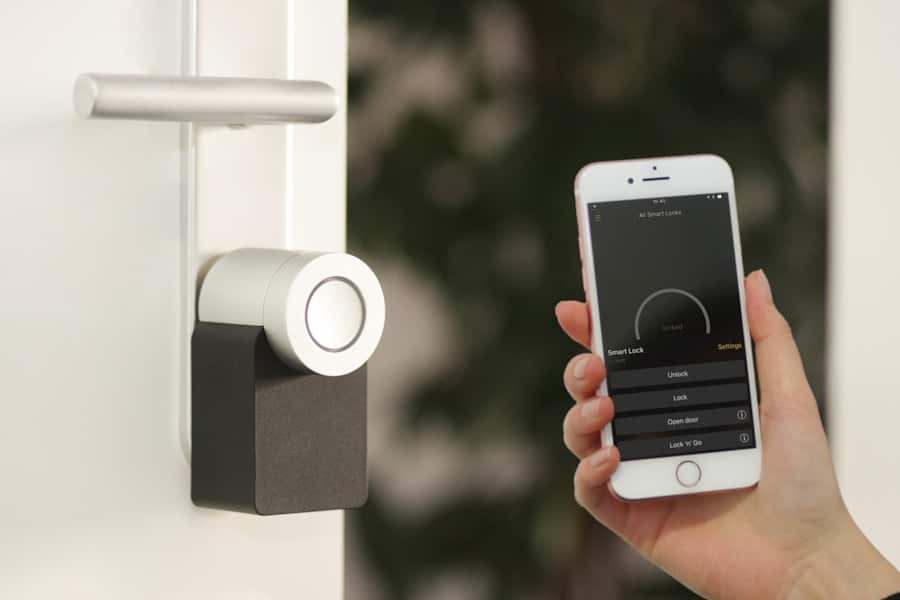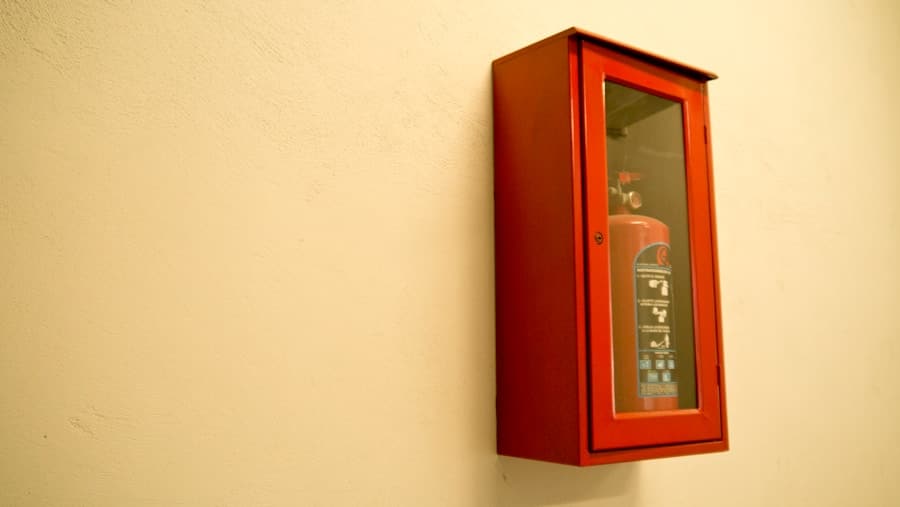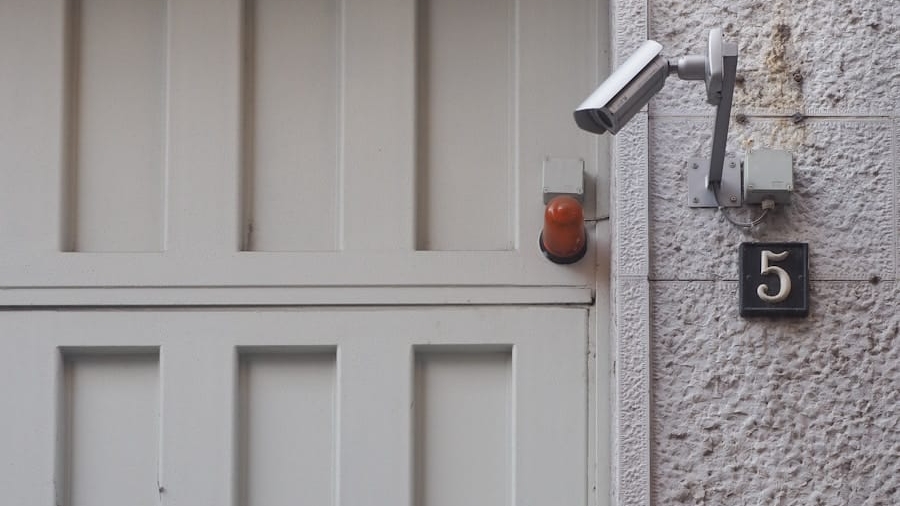Smart doorbells have revolutionized the way we interact with our homes and manage security. These devices combine traditional doorbell functions with advanced technology, allowing homeowners to see, hear, and communicate with visitors from anywhere in the world. Equipped with high-definition cameras, two-way audio, and motion detection capabilities, smart doorbells provide a comprehensive solution for home security and convenience.
The integration of these features into a single device not only enhances safety but also offers peace of mind, especially for those who frequently travel or are away from home. The rise of smart doorbells can be attributed to the increasing demand for home automation and security solutions. As urban living becomes more prevalent, the need for effective monitoring systems has grown.
Smart doorbells serve as a first line of defense against potential intruders while also allowing homeowners to manage deliveries and visitors without being physically present. With the ability to connect to smartphones and other smart devices, these doorbells have become an essential component of modern smart homes, blending functionality with cutting-edge technology.
Key Takeaways
- Smart doorbells offer convenience and security by allowing homeowners to see and communicate with visitors remotely.
- When choosing components for a smart doorbell, consider factors such as video quality, motion detection, and compatibility with existing smart home systems.
- Setting up the hardware involves installing the doorbell, connecting it to a power source, and ensuring a stable Wi-Fi connection.
- Programming the software involves downloading the corresponding app, creating an account, and customizing settings such as motion sensitivity and notification preferences.
- Integrating video and alerts allows users to receive real-time notifications and view recorded footage of visitors, enhancing overall security.
- Testing and troubleshooting may be necessary to ensure the smart doorbell functions properly, such as adjusting motion detection settings or addressing connectivity issues.
- Enhancing security and privacy features can include setting up two-factor authentication and adjusting video storage and sharing settings.
- In conclusion, smart doorbells offer convenience and security, and future upgrades may include advanced AI features and expanded integration with other smart home devices.
Choosing the Right Components
Selecting the appropriate components for a smart doorbell system is crucial for ensuring optimal performance and reliability. The primary components typically include a high-resolution camera, a microphone and speaker for two-way communication, a motion sensor, and a power source. When choosing a camera, it is essential to consider factors such as resolution, field of view, and night vision capabilities.
A camera with at least 1080p resolution is recommended for clear video quality, while a wide-angle lens can capture more of the surrounding area. In addition to the camera, the choice of microphone and speaker is vital for effective communication. Look for devices that offer noise cancellation features to minimize background noise during conversations.
Motion sensors should be sensitive enough to detect movement without generating false alerts, which can be a common issue with lower-quality sensors. Furthermore, the power source is another critical consideration; options include battery-operated models for easy installation or wired systems that provide continuous power but may require professional installation.
Setting Up the Hardware

Once the components have been selected, the next step is to set up the hardware. This process typically begins with mounting the doorbell at an appropriate height and angle to ensure optimal visibility. Most manufacturers recommend installing the doorbell between 48 to 52 inches from the ground, which is generally accessible for most users while providing a clear view of visitors.
It is also important to consider the placement of the camera; positioning it to capture both the entrance and any surrounding areas can enhance security. After mounting the doorbell, connecting it to a power source is essential. For battery-operated models, this may involve simply inserting batteries or charging the device.
Wired models will require connecting to existing doorbell wiring or installing new wiring if necessary. This step may involve some electrical work, so it is advisable to consult a professional if you are not comfortable with electrical installations. Once powered, the device should be tested to ensure it is functioning correctly before proceeding to software setup.
Programming the Software
Programming the software is a critical step in configuring your smart doorbell for optimal use. Most smart doorbells come with companion mobile applications that facilitate setup and management. After downloading the app, users typically need to create an account and follow on-screen instructions to connect the device to their home Wi-Fi network.
This process often involves scanning a QR code displayed on the doorbell or entering a unique identification code. Once connected, users can customize various settings through the app. This includes adjusting motion detection sensitivity, setting up notification preferences, and configuring video storage options.
Many smart doorbells offer cloud storage for recorded footage, which can be accessed remotely via the app. Users should also explore additional features such as creating activity zones—specific areas where motion detection is prioritized—to reduce unnecessary alerts from passing cars or pedestrians.
Integrating Video and Alerts
Integrating video functionality and alert systems is essential for maximizing the effectiveness of a smart doorbell. Most devices allow users to receive real-time notifications on their smartphones whenever motion is detected or when someone presses the doorbell button.
The video feed from the doorbell can typically be accessed through the mobile app, allowing users to view live footage or recorded clips at any time. Some advanced models even support integration with smart home ecosystems, enabling users to view video feeds on smart displays or televisions. This integration enhances convenience by allowing homeowners to monitor their front door without needing to check their phones constantly.
Additionally, many smart doorbells offer cloud storage options for recorded footage, ensuring that important events are saved and easily retrievable.
Testing and Troubleshooting

After setting up the hardware and programming the software, thorough testing is essential to ensure everything functions as intended. Begin by checking the video quality during different times of day to assess how well the camera performs in various lighting conditions. It’s also important to test the two-way audio feature by having someone stand at the door while you communicate through the app.
This will help identify any issues with sound quality or connectivity. If problems arise during testing—such as poor video quality or inconsistent notifications—troubleshooting steps should be taken. Common issues may include Wi-Fi connectivity problems; ensuring that your router is within range of the doorbell can often resolve these issues.
Additionally, checking for firmware updates through the app can help improve performance and fix bugs. If persistent issues occur, consulting customer support or online forums dedicated to your specific device model can provide valuable insights and solutions.
Enhancing Security and Privacy Features
As smart doorbells become increasingly integrated into home security systems, enhancing their security and privacy features is paramount.
This adds an extra layer of protection by requiring a second form of verification—such as a text message code—when logging into your app or accessing recorded footage.
Privacy concerns are also significant when using smart devices that capture video footage of your property. To address these concerns, many smart doorbells offer customizable privacy settings that allow users to define when and how their cameras operate. For instance, some models allow users to disable video recording during certain hours or create privacy zones where recording is not permitted.
Educating yourself about data privacy policies associated with your device can also help ensure that your personal information remains secure.
Conclusion and Future Upgrades
As technology continues to evolve, so too will smart doorbells and their capabilities. Future upgrades may include enhanced artificial intelligence features that allow for facial recognition or package detection, further improving security measures for homeowners. Additionally, advancements in integration with other smart home devices could lead to more seamless automation experiences—such as automatically unlocking doors when recognized visitors approach.
Moreover, as consumer demand grows for eco-friendly solutions, future models may incorporate solar power options or energy-efficient designs that reduce environmental impact while maintaining functionality. Staying informed about emerging technologies in home security will enable homeowners to make informed decisions about upgrades and enhancements that align with their needs and preferences in an ever-changing landscape of smart home technology.
If you are interested in building your own smart devices, you may also want to check out an article on how to choose the best tablet for students here. This article provides valuable insights on selecting the right tablet for educational purposes, which can be a great addition to your smart home setup.
FAQs
What is a smart doorbell?
A smart doorbell is a doorbell that is equipped with features such as video recording, two-way audio communication, and smartphone connectivity, allowing users to see and communicate with visitors remotely.
What are the benefits of a smart doorbell?
A smart doorbell provides added security by allowing homeowners to see and communicate with visitors even when they are not at home. It also provides convenience by allowing users to monitor and control their front door from their smartphone.
What are the components needed to build a low-cost smart doorbell with video and alerts?
To build a low-cost smart doorbell with video and alerts, you will need a Raspberry Pi, a camera module, a push button, a passive infrared sensor (PIR sensor), and a speaker. Additionally, you will need access to a Wi-Fi network and a smartphone for receiving alerts.
What are the steps to build a low-cost smart doorbell with video and alerts?
The steps to build a low-cost smart doorbell with video and alerts include setting up the Raspberry Pi, connecting the camera module, push button, and PIR sensor, writing a script to capture video and send alerts, and testing the smart doorbell.
What are the features of a low-cost smart doorbell with video and alerts?
A low-cost smart doorbell with video and alerts can capture video of visitors, send alerts to a smartphone when motion is detected, and allow for two-way audio communication with visitors. It can also be integrated with smart home systems for added functionality.

